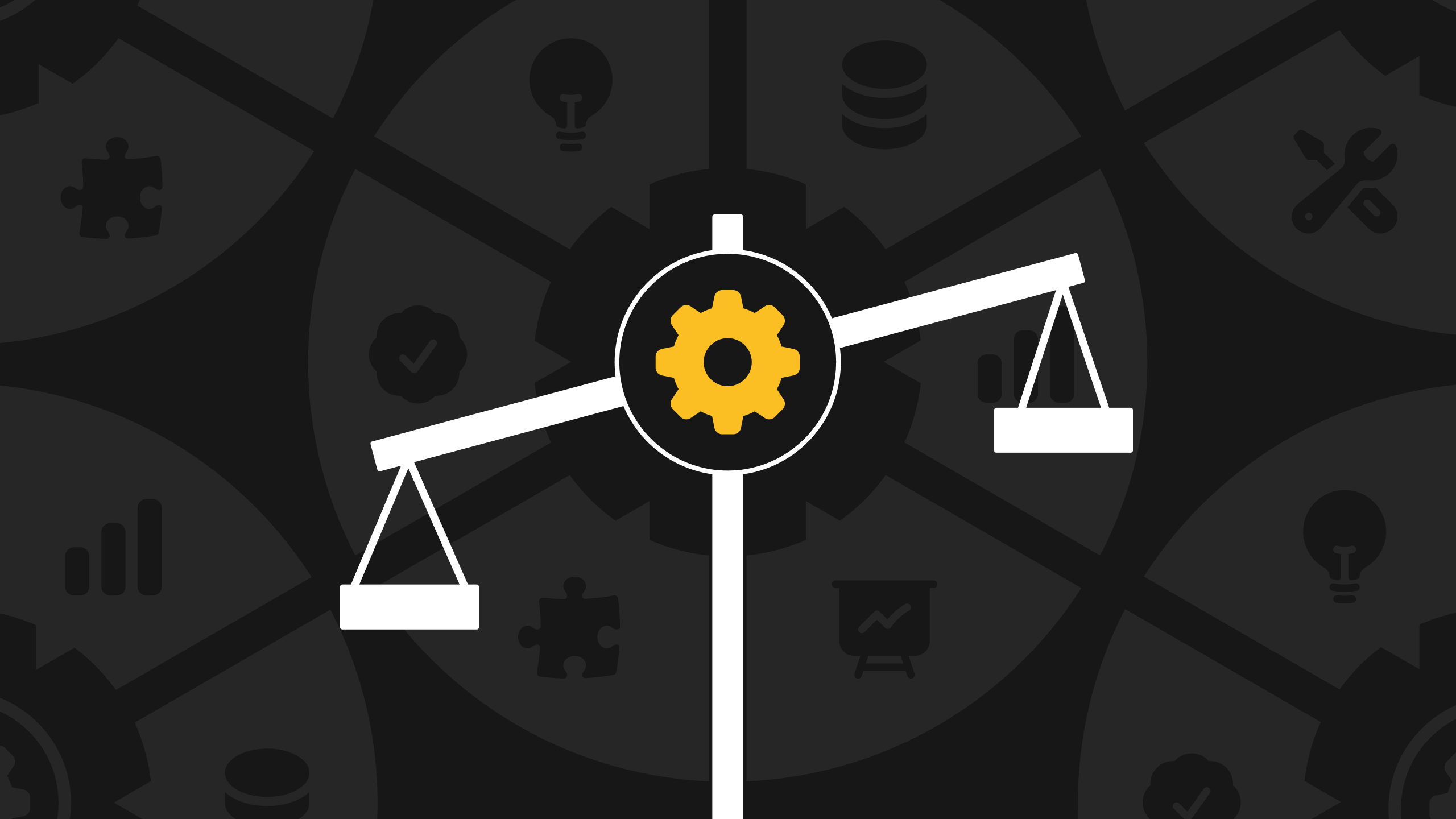Stay in the loop.
Get the latest expert insights, tips, and updates on preconstruction, business development, estimating, and more — delivered straight to your inbox.
Thank you! Your submission has been received!
Oops! Something went wrong while submitting the form.
Blog Articles
Recent Publications
Stay in the loop.
Get the latest expert insights, tips, and updates on preconstruction, business development, estimating, and more — delivered straight to your inbox.
Thank you! Your submission has been received!
Oops! Something went wrong while submitting the form.










































